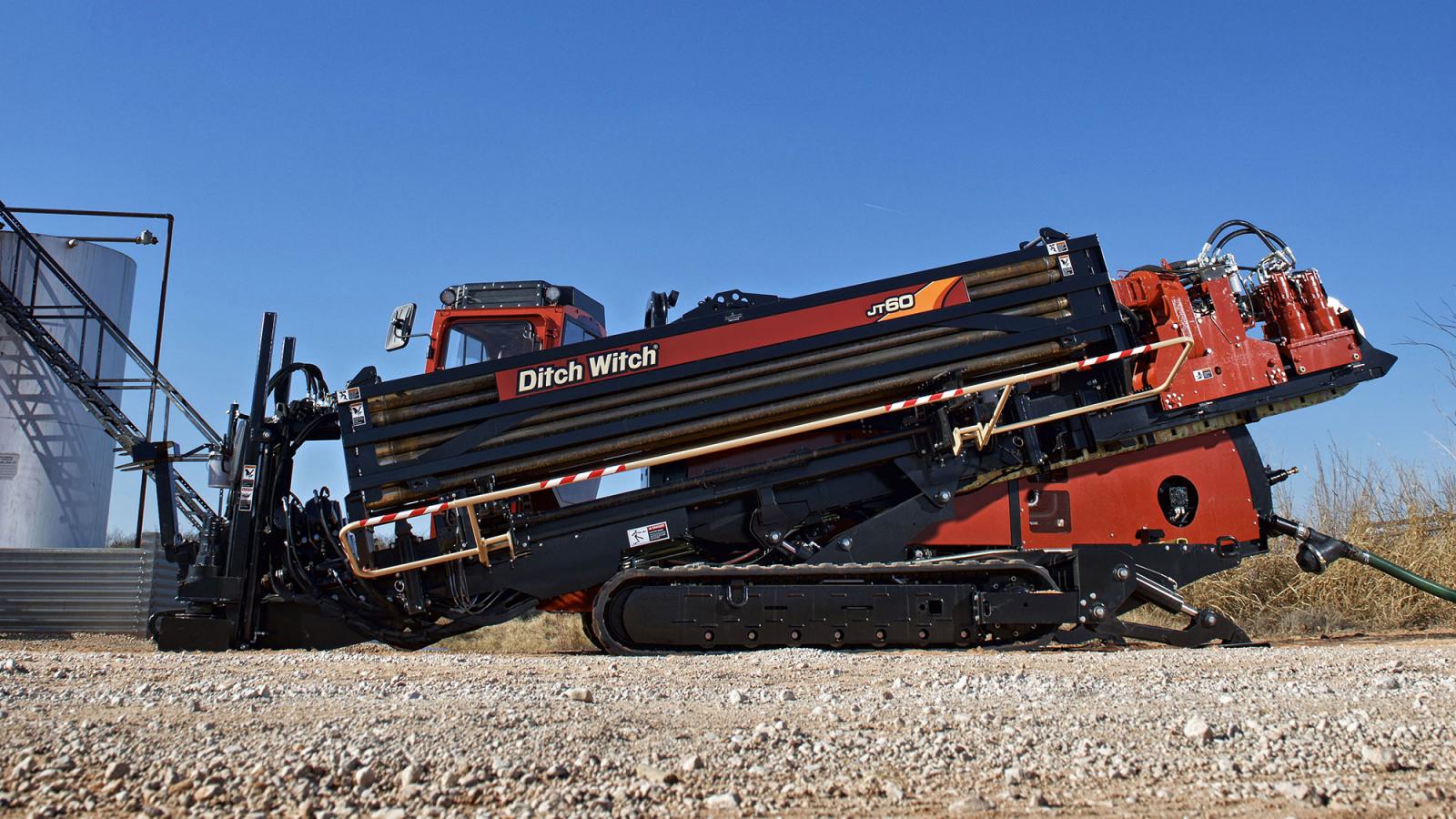Directional Boring Denver / Colorado
Directional Boring Denver Colorado
Directional boring, also known as horizontal directional drilling (HDD), is a modern and efficient technique for installing underground utilities such as water, sewer, gas, electric, and telecommunications lines. In beautiful Colorado, a state known for its diverse landscape—from the rugged Rocky Mountains to the high plains and urban centers like Denver, Colorado Springs, and Boulder—directional boring has become a preferred method for infrastructure projects. This trenchless horizontal directional drilling technology provides numerous advantages, offering a less disruptive, more sustainable approach to construction. It allows projects to navigate challenging terrains and sensitive environments, ensuring utility installations are completed with minimal environmental impact.

Key Advantages of Horizontal Directional Drilling (Directional Boring)
One of the primary benefits of directional boring in Colorado is its ability to minimize surface disruption. Traditional trenching and drilling methods can cause significant damage to roadways, sidewalks, landscapes, and environmentally sensitive areas, which are abundant in Colorado. This state is home to numerous protected natural areas, parks, and forests, making it crucial to preserve the environment during infrastructure development. Directional boring allows for underground utility installation with minimal excavation, reducing the impact on Colorado’s scenic landscapes, recreational areas, and communities.
Colorado’s diverse geological conditions, including rocky soils, loose sediments, and mountainous terrain, present unique challenges for traditional excavation methods. Directional boring is well-suited to these conditions, because it can navigate various soil types and obstacles such as rivers, highways, and steep slopes. This increased flexibility is especially valuable in areas where traditional trenching would be difficult or cost-prohibitive, like the mountainous regions of the Western Slope or densely populated urban environments. Directional boring technology ensures accurate, efficient underground drilling, even in challenging terrains, providing a reliable solution for infrastructure projects statewide.
Cost efficiency is another significant advantage of directional boring in Colorado. By reducing the need for extensive trenching and surface restoration, this method lowers labor and material costs, shortens project timelines, and minimizes disruptions to traffic and local communities. These cost savings are particularly important for municipalities, utility companies, and contractors who must manage tight budgets while addressing the needs of rapidly growing populations in cities like Fort Collins and Denver, CO. Additionally, with less equipment and fewer workers required on-site, directional boring reduces the risk of accidents and enhances overall job site safety.
Aspects Of Colorado’s Directional Boring
As Colorado continues to grow, the demand for modern and sustainable infrastructure solutions is increasing. Directional boring is quickly becoming a go-to method for installing essential utility services, ensuring minimal surface disruption, adaptability to complex geological conditions, and cost-effective project completion. Whether supporting the expansion of urban areas, connecting remote mountain communities, or protecting natural resources, directional boring is a vital tool for building a resilient and sustainable infrastructure network in Denver, Colorado. It offers a forward-looking approach to horizontal directional drilling services that meets the state’s current and future needs while respecting its unique environmental and community values.
Why Chose Cableex’s Services For Your Underground Drilling Project
With advanced directional boring techniques, utility installations are executed efficiently and precisely, minimizing surface disruption and safeguarding surrounding infrastructure.
- Cableex’s directional boring process involves using advanced technology to create a precise underground path for utility lines, minimizing the need for digging and reducing the risk of damage to surrounding infrastructure. Their experienced technicians use real-time monitoring and tracking systems to ensure accurate placement and avoid potential obstacles. This approach enables Cableex to complete projects quickly and with minimal disruption to the surrounding area.
- Cableex takes efficiency to the next level with same-day site surveys, ensuring projects begin without unnecessary delays. Their commitment to clear, effective communication keeps clients informed from start to finish, eliminating surprises along the way. Utilizing cutting-edge directional boring methods, Cableex seamlessly installs underground utilities while minimizing surface disruption. Whether it’s fiber optics, water lines, gas pipes, or electrical conduits, they ensure precise, accurate results on every project. Backed by experienced technicians and a strong focus on safety, Cableex completes jobs efficiently, on time, and within budget. For fast, reliable, and cost-effective underground drilling services, Cableex is the go-to choice.

